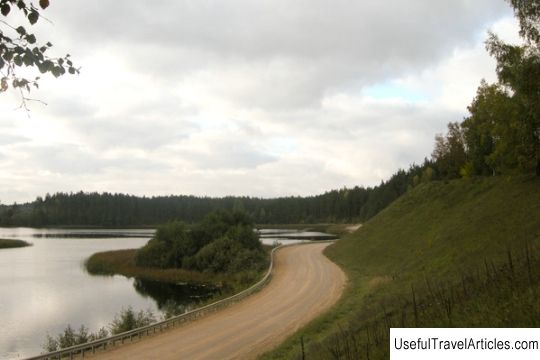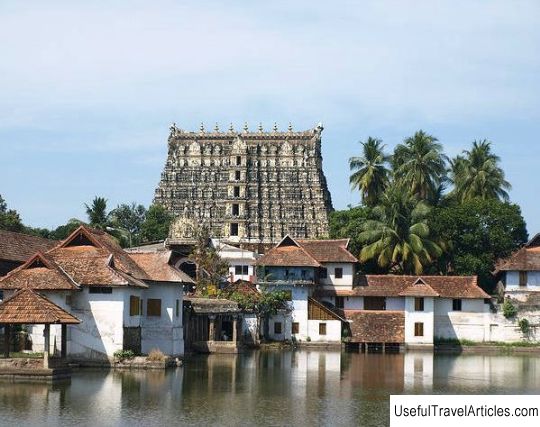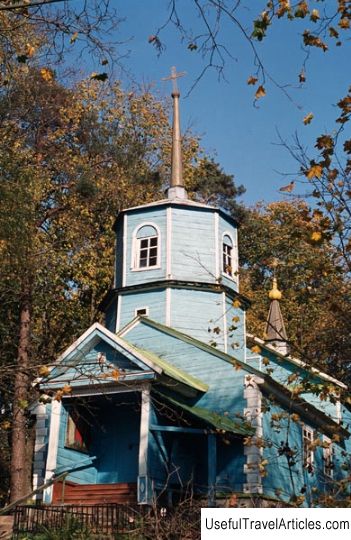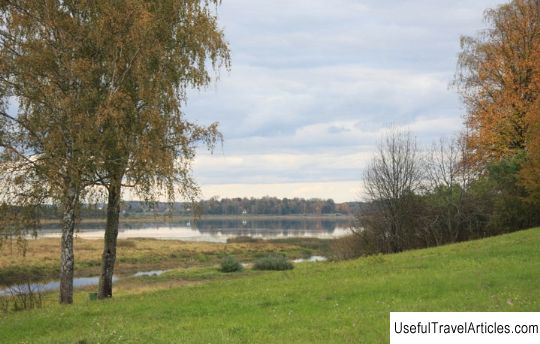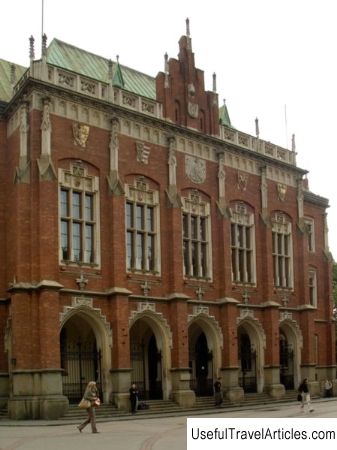Gorodische Voronich description and photo - Russia - North-West: Pushkinskie Gory
Rating: 7,9/10 (1457 votes) 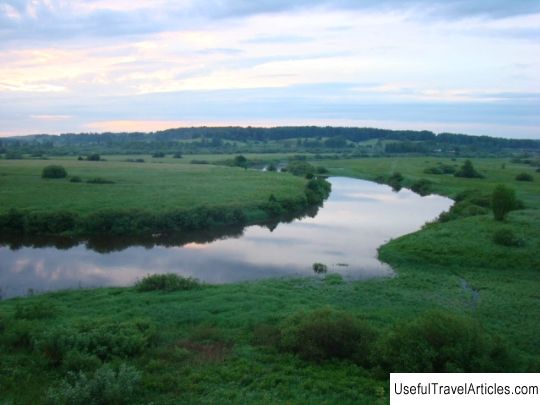
Voronich settlement description and photos - Russia - North-West: Pushkinskie Gory. Detailed information about the attraction. Description, photos and a map showing the nearest significant objects. Photo and descriptionVoronich is a settlement in the Pskov region. Located at a distance of 3 km from Pushkinskie Gory. Nearby flows the river Sorot, on the banks of which the village of the same name is located. Not far from the Grigorsky Park, in the center of Voronich, there is the Voronich settlement. Now only the ruins of the settlement have survived. Earlier, in the 14-16th centuries, it was part of the fortifications located along the southwestern border of Pskov. Voronich was an important strategic border point, as well as an important trading point, a crossing point on the trade route passing from Moscow and Pskov in the direction of Lithuania and Poland. In the 15th century, there were more than 400 households in this settlement. According to popular legend, there used to be 77 churches and monasteries here, that is, more than in other suburbs of Pskov. It was more than for example, in Velja, Opochka, Ostrov and other cities. At the end of the 16th century, during its heyday, during the Livonian War, Polish troops under the leadership of their king Stefan Batory conquered the fortress, defeated it and during their retreat completely destroyed the city. Since then, unfortunately, it has not been restored. As a result of subsequent raids, the remaining settlements finally fell into ruin, since its defense without a fortress and soldiers was already significantly weakened. Today the settlement is a large hill and the remains of a fortress. There is a high and steep rampart on its top from the southwest. Previously, the entire hill was surrounded by a high wooden wall. Towers towered in the corners. Two pairs of gates led to the fortress, to which roads approached on the sides. Even today you can see their traces which have survived several centuries later. The fortress housed warehouses with weapons and ammunition, as well as food. There were also so-called siege cells inside, which served as a temporary refuge for local residents when danger was approaching the city. In the fortress itself, there were previously two temples - Ilyinsky and Yegoryevsky. None of them survived. However, even today you can partially see the surviving parts of the ancient foundation of the Yegoryevsky temple. The very building of the Yegoryevsky Church burned down in 1913. Also preserved are a stone fence and ancient stone crosses that date back to the 15-16th century. They were restored in 1984. At the entrance to the courtyard of the church, you can see the ancient stone cannonballs, found during excavations, stacked here. In 2007, on the site of an old church, the church of St. George was re-erected on the ancient foundation. For its restoration, the ancient plans of the previous church were taken as a basis, as well as its historical description. The owners of Trigorskoe, located next to Voronich, were buried at the Voronich settlement. These burials were located along the eastern altar side of the Yegoryevsky temple. This was the ancestral cemetery of the Osipov family. Praskovya Alexandrovna Osipova was the owner of Trigorsky. Here is the grave of her husband I.S. Osipova. Also under the common marble cross are the burials of A.M. Vyndomsky and A.N. Wolf. In the village of Voronich, the remains of the foundation of the ancient Ascension Church have been preserved. Its most famous parishioners were members of the Pushkin-Hannibal family. In the old cemetery, in Voronich, there is the grave of Benjamin Petrovich Hannibal, uncle A.S. Pushkin. The ashes of the priest Illarion Raevsky, who served in the Resurrection Church and knew the poet and his entire family, are also buried here. Here, on the site of the destroyed fortress, judging by the autograph of Pushkin himself, the historical drama Boris Godunov was written.          We also recommend reading Sanctuary of Gibilmanna description and photos - Italy: Cefalu (Sicily) Topic: Gorodische Voronich description and photo - Russia - North-West: Pushkinskie Gory. |
